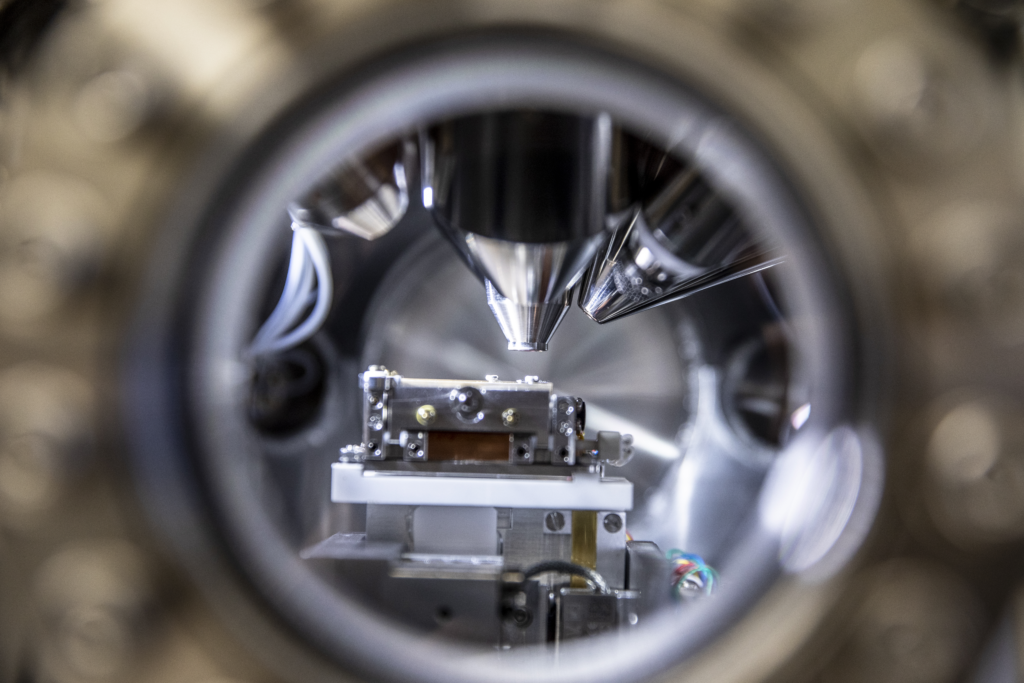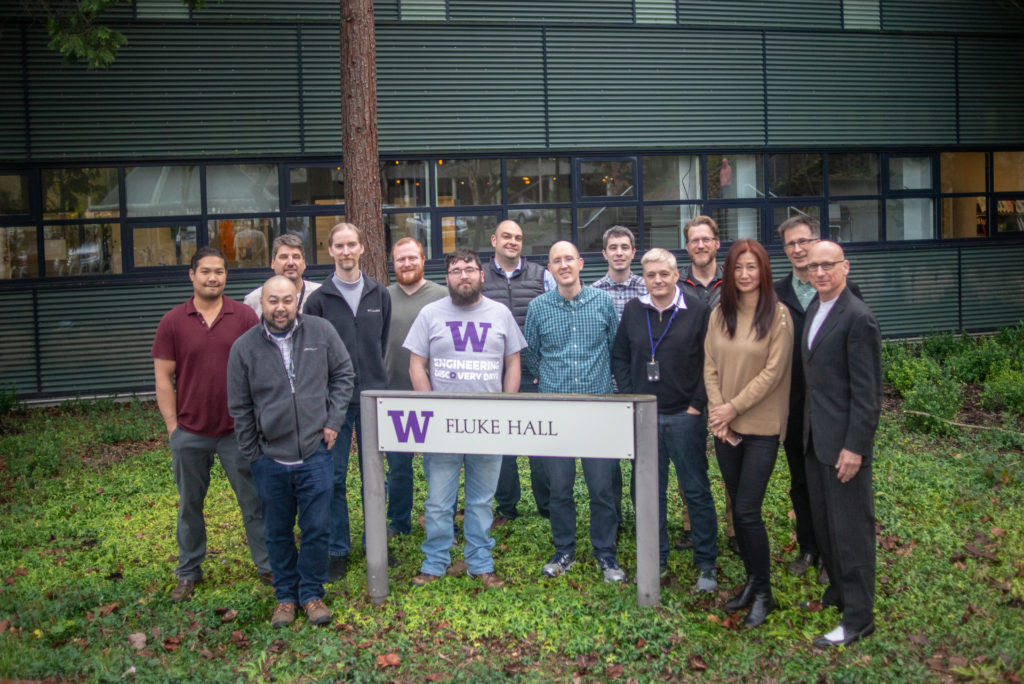In honor of National Nanotechnology Day on October 9th, the National Nanotechnology Coordinated Infrastructure (NNCI) is hosting the Plenty of Beauty at the Bottom image contest. Referencing Richard Feynman’s 1959 lecture, “There’s Plenty of Room at the Bottom,” this image contest celebrates the beauty of the micro and nanoscale.
News
Semiconductor and Solar Industry Veteran named UW Washington Nanofabrication Facility Director
We are thrilled to announce that Dr. Maria Huffman is the new WNF director! Huffman joins WNF from Lund University in southern Sweden, where she was the director of the Lund Nano Lab (LNL), an open-access nanofabrication facility serving researchers at the university, in the region, and beyond. Previously, Huffman spent over 30 years working in the semiconductor and solar industries in a variety of research and development as well as manufacturing roles.
Molecular Analysis Facility is hiring!
The MAF is looking for a research scientist/engineer to support general materials characterization with optics related systems (laser systems, confocal, etc). The full job description and application instructions can be found here.

Washington Nanofabrication Facility is hiring!
WNF currently has two open positions –
Equipment Manager – Job Description & Application
Nanofabrication Engineer / Equipment Service Engineer – Job Description & Application
Follow the links above to view detailed job descriptions and to apply!

MAF to host biomedical characterization workshop July 29-31
Workshop attendees will learn the nuts and bolts of surface characterization including commonly used methods and data analysis techniques. Lectures are accompanied by demonstrations on MAF instruments to provide attendees with a better understanding of the materials covered in workshop lectures.
UW Molecular Analysis Facility adds new Scanning Electron Microscope
The Molecular Analysis Facility (MAF), part of the Northwest Nanotechnology Infrastructure, has added a new advanced Scanning Electron Microscope, the TFS Apreo-S with Lovac, system to their toolset. The system offers combined imaging detectors, an optional sTEM mode, and some image automation capabilities as well.
UW, Microsoft, Pacific Northwest National Laboratory establish new Northwest Quantum Nexus for a quantum revolution in science, technology
The University of Washington, the Pacific Northwest National Laboratory and Microsoft Quantum announced this week that they have joined forces in a new coalition to bring about a revolution in quantum research and technology.
UW Washington Nanofabrication Facility introduces higher resolution 3D printer
The Washington Nanofabrication Facility is excited to offer users access to the Nanoscribe 3D Printer, a cutting-edge lithography system that produces unique 3D structures with 500nm resolution. This two-photon laser writer allows for additive manufacturing and maskless lithography within the same device. Its high printing resolution gives users greater design freedom when creating very small, complex parts with intricate features. Moreover, the Nanoscribe uses a simple workflow to rapidly fabricate micro-sized parts from virtual 3D models.
OSU ATAMI tenant Inpria Commended for New Template by NSF
In response to industry demand, ATAMI tenant Inpria has developed a tin oxide template for extreme ultraviolet lithography. The new template makes features that are noticeably smaller than older template features. So far, the OSU startup has garnered $23.5 million in funding.
OSU ATAMI’s expansion meets demand for high-tech lab space in the Willamette Valley
Client demand causes ATAMI to add 24,000 square feet of tenant space. ATAMI continues to act as a facilitator for high-tech startups. Inpria and Valliscor, companies that both began at OSU, will take 9,000 and 5,000 square feet, respectively, and are leaving their old lab spaces and freeing up space for other tenants.